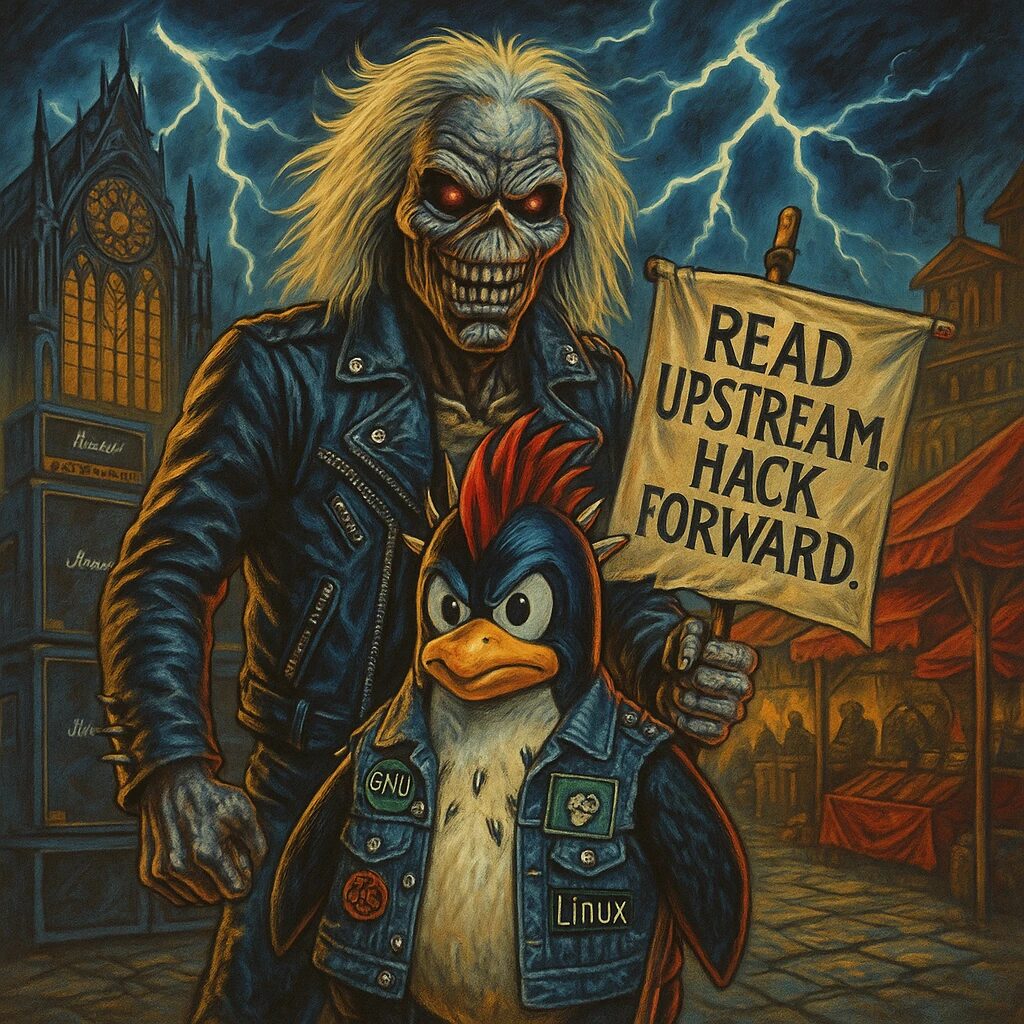Migrating from Microsoft Exchange to Stalwart Mail and Modern IAM
Introduction
Moving off Microsoft Exchange to a more modern, open-source setup like Stalwart Mail isn’t just another IT project—it’s a major leap forward. But for most organizations, email is the last system they want to touch. It’s critical, it’s complicated, and it’s often wrapped in years of patchwork fixes. Still, the benefits of migrating—from better security to lower costs—are too big to ignore.
Why Email Migrations Are So Painful
1. Email Is the Backbone of Business Communication
Email does everything. It connects teams, delivers alerts, handles legal notices, and supports customer relationships. If it goes down—or worse, loses data—the fallout is immediate.
2. Everything Is Tied to Microsoft
Exchange integrates deeply with Active Directory, Outlook, SharePoint, Teams, and mobile device policies. Removing it means pulling apart that entire ecosystem.
3. Trust Is Built Over Time
Your existing mail server has likely accumulated years of trusted configuration. Migrating means rebuilding SPF, DKIM, DMARC, DNS, and more—with no room for error.
4. Comfort with the Devil You Know
Teams know how to keep Exchange alive. New platforms like Stalwart Mail are unfamiliar territory, even if they’re objectively better.
Why It’s Time to Move On
1. Exchange Has a Target on Its Back
It’s a frequent target for ransomware, phishing, and zero-day attacks. Stalwart Mail, built in memory-safe Rust and designed with modular security, offers a hardened alternative.
2. Modern IAM Is Leaner and Stronger
AD is bulky and hard to manage. OpenLDAP, Keycloak, Authentik, OAuth2, and WebAuthn offer passwordless, cloud-ready authentication options.
3. It’s Cheaper
No more license fees, hardware lock-in, or bloated software updates. Open-source tools scale efficiently without draining the IT budget.
4. You Get Stability and Visibility
Modern platforms offer clear observability, clean logs, Grafana dashboards, and sane upgrade paths—none of which Exchange is known for.
How to Make the Migration Smoother
1. Get Buy-In
Start with a pilot, document cost comparisons, and highlight long-term stability and security gains.
2. Plan the Move Carefully
Use tools like IMAPSync, vdirsyncer, and LDAP migration scripts. Move in stages, test heavily, and always have a rollback plan.
3. Train and Support the Team
Use modern, user-friendly webmail (e.g., Snappymail), offer walkthroughs, and create a transition support team.
The Real Cost of Doing Nothing
- Technical debt piles up
- Security risks increase
- Licensing and vendor lock-in drain budgets
Meanwhile, orgs that migrate see better security, lower costs, and more control.


